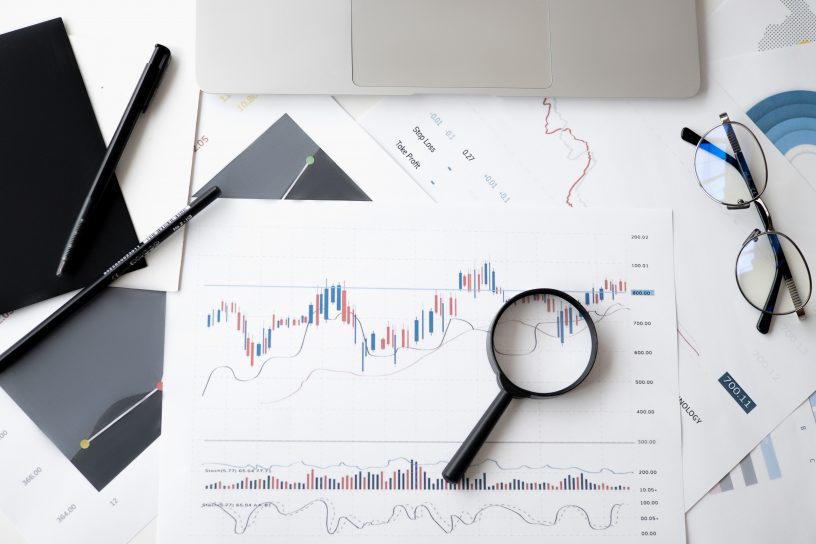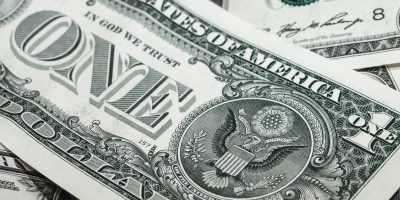As strange as it may seem, extreme macro calls are prevalent in the financial blogosphere and social media. These extreme calls cause volatility.
Someone would think two rational macro analysts cannot have opposite but extreme views. For example, one macro analyst argues that deflation is coming, while another insists the economy is in the early stages of an inflationary supercycle.
We have observed these extremes throughout the year, with some macro analysts expecting interest rates to stay higher for longer and others expecting a recession and rate cuts that never materialized.
Even worse, mainstream publications serve these extreme views on the same day! One article supports the recession thesis, while another argues growth will stay high.
What is happening? Several things are evident to the majority of market participants with skin in the game. However, these extreme macro calls’ most important drivers are analysts talking their book or their sponsors.
Sponsored content volume has exploded in the last few years. Analysts are offered a fee to publish or insert in their articles specific content. It is hard to know whether an “independent” analyst is sponsored.
Sponsored content also appears on social media, where it can have an impact because it also affects sentiment algorithms.
One way of detecting analysts who publish sponsored content is their consistency. Do they support their main thesis for a relevant period, or do they switch from one extreme to another?
Some will argue that extreme views about the economy “make a market”, but in the long term, the volatility drag hurts the returns even of those who are right.
The worst aspect of extreme calls is that the analysts who make them will rarely tell anyone that they changed their views. The same holds for calls about markets made by “celebrity fund managers”: they talk about the entry signal but rarely about when they exited a trade, profitable or unprofitable. Or, they talk about an exit signal without having mentioned an entry signal first.
Systematic traders can avoid the noise that extremes cause, but not the volatility. Ignoring analysis reduces the noise, but the volatility persists because most market participants trade based on information and news.
The market is 90% noise and 10% signal or around that mix. Finding the signal in the noise is hard, but it is the key to profitability.
Free Book
Get a free PDF of the book “Profitability and Systematic Trading” (Wiley, 2008) by subscribing to the Price Action Lab blog’s free email notifications of new posts and updates.
Disclaimer: No part of the analysis in this blog constitutes a trade recommendation. The past performance of any trading system or methodology is not necessarily indicative of future results. Read the full disclaimer here.
Charting and backtesting program: Amibroker. Data provider: Norgate Data
If you found this article interesting, you may follow this blog via RSS, Email, or Twitter







